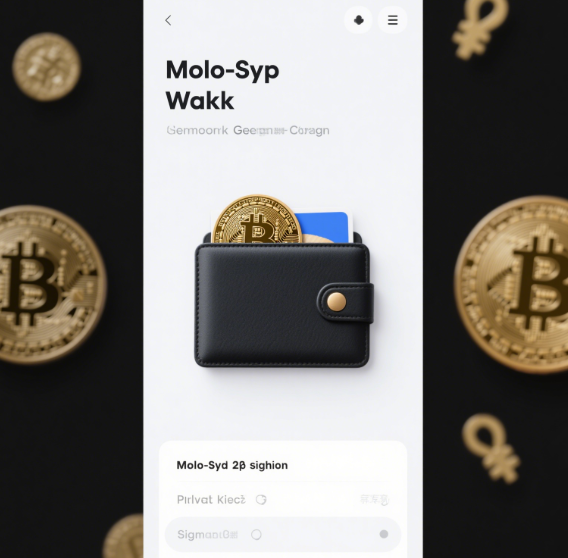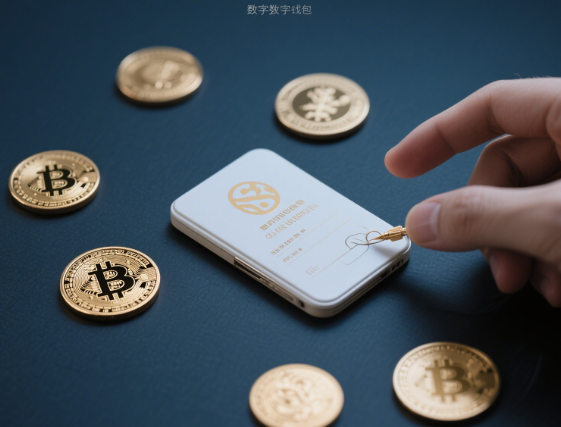In this rapidly evolving age of digital currencies, blockchain technology is advancing at an unprecedented pace, and the emergence of Web3 opens up limitless possibilities for our lives. From decentralized finance (DeFi) to the rise of new digital assets, the world of Web3 undoubtedly captures the attention of countless investors. However, the accompanying security risks have also become increasingly evident, and wallet security issues are challenges that every investor must confront. Especially in cases where multisig wallets are maliciously manipulated, how can investors protect themselves? Today, let’s explore the security risks of Web3 and discuss practical solutions to help you navigate this emerging field safely.

What is a Multisig Wallet?
First, let’s briefly understand what a multisig wallet is. A multisig wallet is a type of digital wallet that requires multiple private keys to co-sign for transactions to occur. In other words, you need the consent of at least two or more users to transfer funds; this design aims to enhance security and prevent single points of failure. However, when hackers meticulously plan their attacks, they may gain access to these private keys through various means, putting your funds at risk.
How Do Hackers Exploit Vulnerabilities in Multisig Wallets?
Despite the inherent security advantages of multisig wallets, hackers can still exploit multiple approaches to attack these systems. Phishing attacks and social engineering are among the most common methods. Hackers might disguise themselves as trusted third parties, enticing you to disclose your private keys or seed phrases. Alternatively, hackers may continuously attempt to guess and ultimately crack the signature passwords of your wallet.
What to Do If Your Wallet Suffers from Malicious Multisig?
Report Immediately: First and foremost, if you suspect that your wallet has been subjected to a malicious attack, report it to law enforcement and relevant blockchain security platforms immediately. Timely responses may provide assistance in tracing your funds.

Disconnect from the Compromised Wallet: Once you confirm that your wallet has been compromised, immediately cease any interaction with that wallet. Disconnect the network connections of all related devices to prevent hackers from further gaining control.
Transfer Your Funds: If you have another secure wallet, quickly transfer the funds that have not been compromised to the new wallet. Ensure that the private keys of the new wallet are stored securely to prevent future attacks.
Enhance Security Measures:
Use Hardware Wallets: Compared to hot wallets, hardware wallets provide a much more efficient layer of security since the private keys are not directly connected to the internet, significantly reducing the risk of attack.
Enable Two-Factor Authentication: Ensure that all relevant accounts have two-factor authentication enabled to increase security.
Conduct Regular Audits: Regularly check and audit your multisig wallet to ensure that participants are still trustworthy and update private keys as necessary.
Conclusion
In the world of Web3, investors must remain highly vigilant, understand security risks, and take proactive protective measures. While multisig wallets are designed to enhance security, they still require cautious usage. By continuously learning and enhancing our security awareness, we can position ourselves to thrive in this rapidly changing era.

















No comments yet